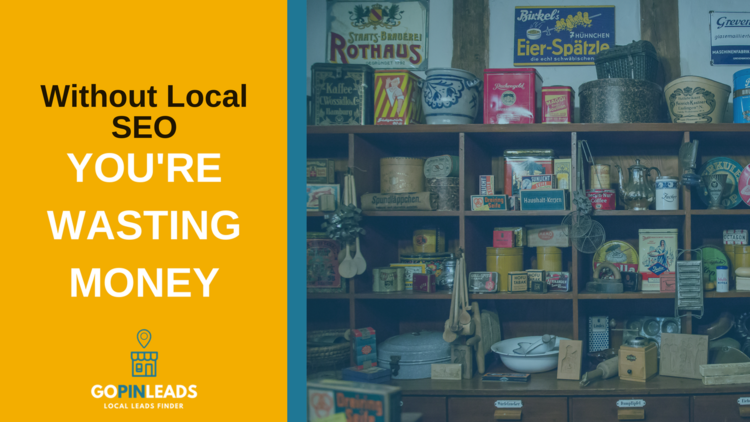Originally published March 7, 2018 , updated on September 9, 2024

In an ideal world, every business owner would have a storefront on the busiest street, in the busiest neighbourhood, with the most foot traffic. In this idealistic universe, we’d all have physical stores, and marketing wouldn’t be a problem – you don’t need to work hard on advertising if you have a constant stream of paying customers.
Of course, we live in a world where the number of businesses in the virtual environment is growing at a steady pace. Can you apply the same “location principle” to the modern business world? The comforting answer here is, “Yes.” Being easy to find online is of the utmost importance. On the upside, it’s much easier to improve your business’ online visibility thank you think it is; and in doing so, draw in local customers by implementing local SEO.
What is Local SEO?
Due to the overall rise in Smartphone usage, and the improvement in connectivity while moving from one place to the next, local SEO has grown in leaps and bounds over the last few years. Focused on providing results that are relevant to searchers based on their current location, local SEO helps customers. They can find what they want, when they need it, and in their imminent vicinity. For example, if you were to search for “best oven-fired pizza” right now, Google would show results of restaurants and takeout places that are closest to your current location.
5 Ways to Make the Most of Local SEO
In order to shift focus to a local level and promote your business among clients in your area, the following methods are a sure-fire way to get improved results:
1. Ask for Positive Reviews

It stands to reason that around 90% of customers are reassured when they see positive reviews. Potential clients want to see what your current and previous customers have written about your business. Consider it a spin on the old “word of mouth” adage.
Don’t be above asking for reviews. Take every opportunity to remind your satisfied clients how important their feedback really is. If you struggle to get people to post their commentary – let’s face it, in this day and age it’s not always easy to get anyone to make an effort for free – try offering them a discount or free sample in exchange for their opinions.
2. GoPinLeads & NAP for Better Local SEO
Your customers can’t find you if you give them the wrong address. That’s why you need to ensure that your name, address, and phone (NAP) details are correct on all your online platforms. While there are fantastic tools out there like GoPinLeads, which uses AI and machine learning to determine the correct details of businesses, the public will usually just Google you.
Businesses who wish to work with your company rely more on lists and databases to gather the information they need to make a decision, or to find the best contact point within your team. This is where GoPinLeads makes all the difference, ensuring accurate results and smoother communication. You’ll get the right person on the phone with ease.
3. Make Social Media a Habit
Social media networks are in close cahoots with local SEO. Local business pages on Facebook, G+, and LinkedIn are required to add accurate location details before they are activated. By increasing your presence on social media, you exponentially increase your chance of connecting with local customers. In many cases, local businesses opt out of owning a website because these channels are more than adequate at attracting clientele.
In addition to regularly posting about your products or services on social media, consider developing some local content. Talk about your local area, rave about upcoming events, and connect your business to the community.
4. Optimize Your Content for Local SEO
Optimized content is certainly an essential part of your local SEO strategy. Be mindful of the keywords you choose to include in your website content and in your posts. The right search terms will help clients find your business faster. If your goal is to attract locals, then be sure to mention your city’s name.
The best way to draw your local public’s attention is to highlight your business as a top provider of a particular product or service in a specific area.
5. Get Your Business Categories in Order

Your online business listings, particularly on Google My Business, should feature accurate business categories. Be sure to describe what your business is rather than what it does. For example, if you run a photography business, your listing should read “Event Photographer” and not “Wedding Photos”.
Incorrect category association can cause your listing to drop a few spaces or disappear entirely.
Hop on the Bandwagon, It’s Free
As a local business owner, you no doubt know how tough it is to fight for positioning with search engines. Small business owners and start-ups with limited resources can find it particularly challenging to climb the ladder and boost local SEO. Local search engine optimization is a completely budget-friendly way to start gaining visibility and generate local leads.
Post Views: 761


















